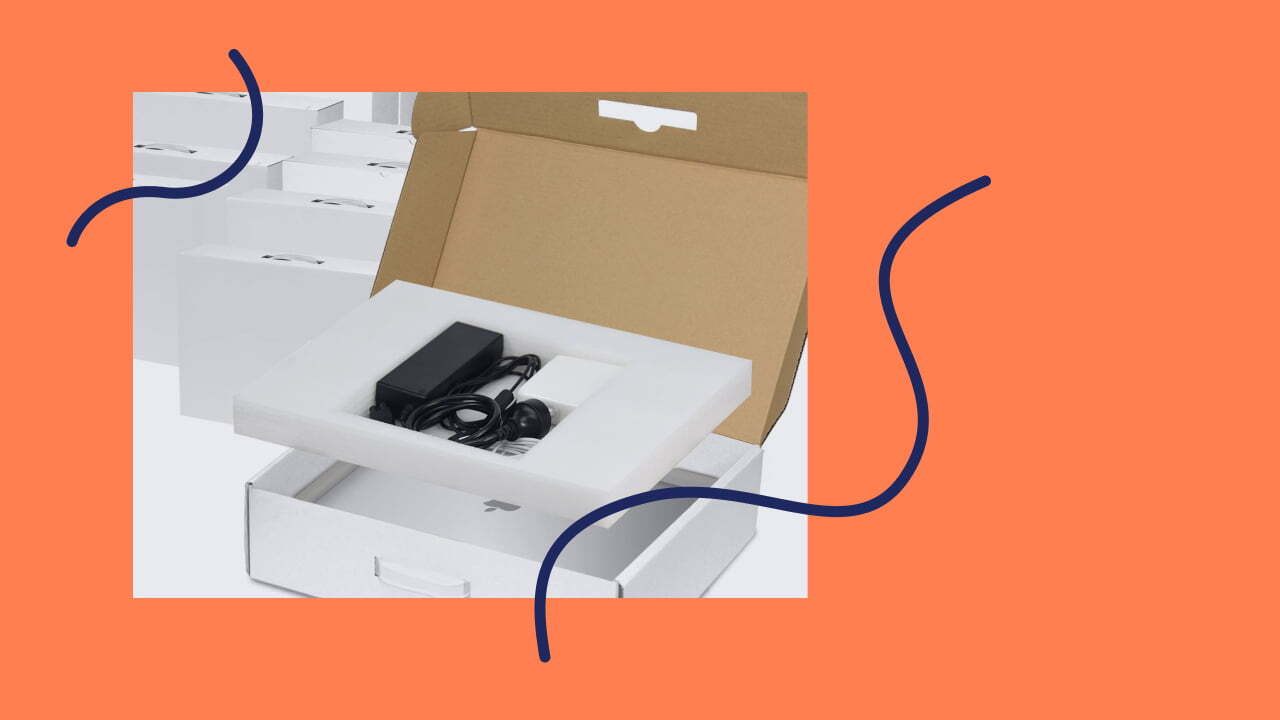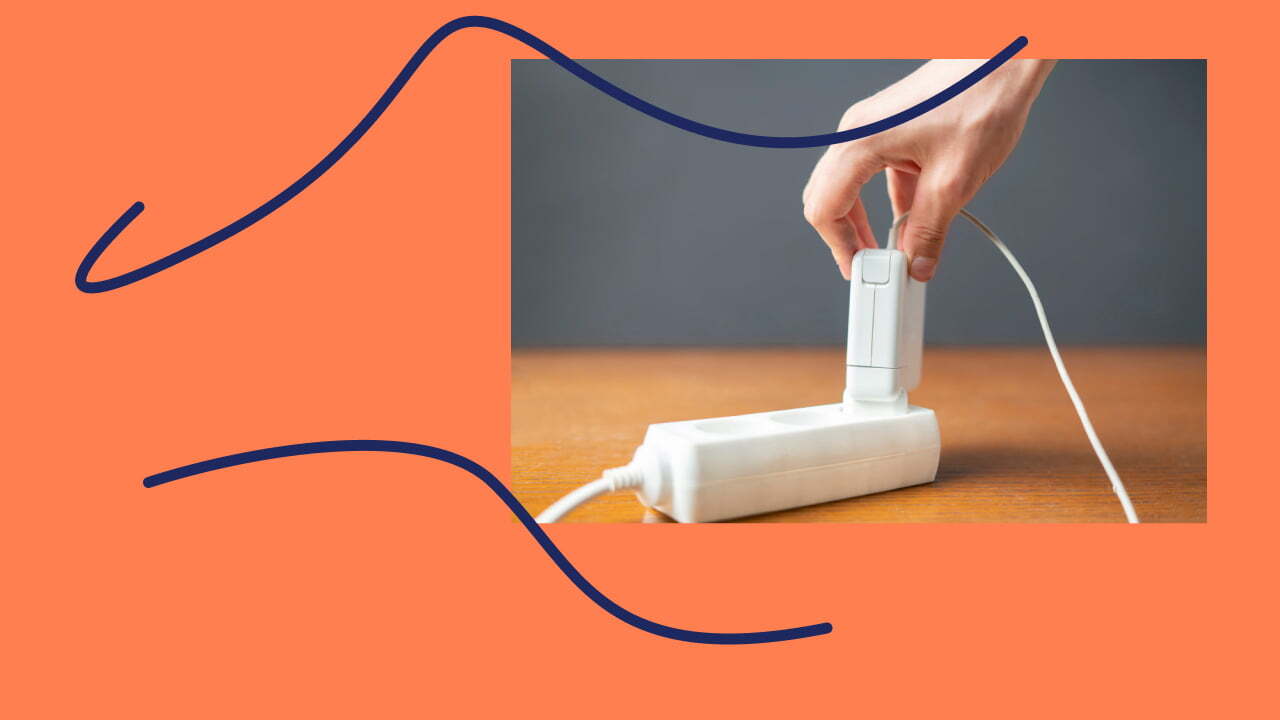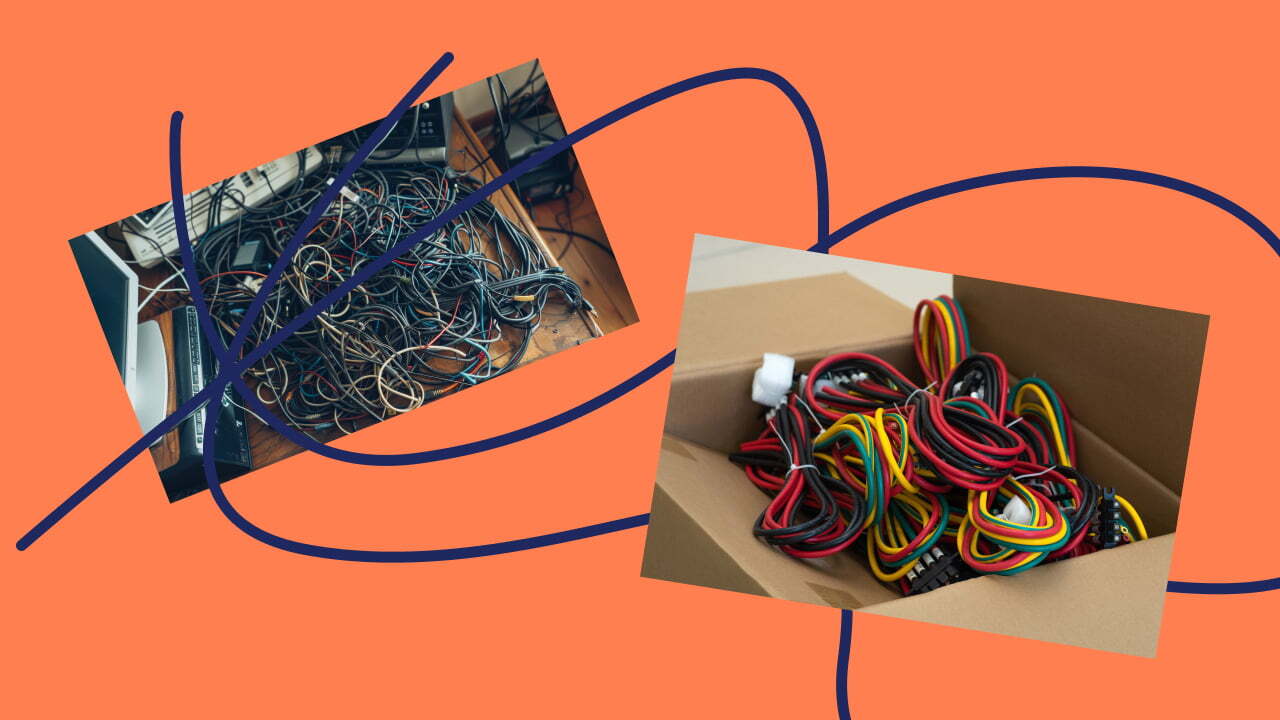When moving, many people (and not unreasonably) worry about belongings during transportation. Electronics are fragile, yet valuable not only from a financial standpoint, but also as storage for data, memorabilia, and tools for work and/or entertainment. WellKnown Moving knows that moving presents special challenges when it comes to transporting electronics. To that end, we have created a complete guide to safely packing and transporting gadgets. If you follow this guide, your electronics will arrive at your new location ready to come alive again at your command.
Understanding the Importance of Proper Packing
Most electronic devices are fragile, both in their build and in relation to environmental conditions. They may contain fragile components that are easily damaged by bumps and jolts. In addition, exposure to extreme temperatures and humidity can also harm your gadgets.
Improper packaging can cause physical damage, data loss or reduced lifespan, and turn what should be a fresh start in a new place into a nightmare.
1. Gathering the Right Packing Materials

-
Original Boxes: If you still have the original boxes and packing materials for your devices, congratulations! These were made to protect your device. They create a snug fit and quite often come along with custom styrofoam or cardboard inserts that further help in giving protection.
-
Bubble Wrap: If you do not have the original packaging for your device, bubble wrap becomes your best friend. It can easily envelop the shape of your device and provide certain protection through absorption of shock input and vibration.
-
Packing Paper or Foam: You can put your devices in a box by wrapping them with wrapping paper or foam sheets. These can be used to fill any extra space inside the box so that the devices do not move around during transportation.
-
Packing Tape: Use it to make sure that the boxes close well and stay closed during the moving process. Always use a good tape that will last until the end of the move.
-
Marker Pens: Used to clearly mark every box with what is in it, and which room to take it to in your new home. This means easy unpacking and it is easy to set up in the new house.
2. Backing Up Your Important Data
Before you disconnect and disassemble your devices, make a backup of everything. Whatever way you pack things, there is always a possibility that something will be damaged during a move.
-
Use an External Hard Drive: Use an external hard drive for the storage of your data. This provides local backup that can be restored quickly.
-
Leverage the Cloud: Most cloud-oriented services, such as Google Drive, Dropbox, or OneDrive, have very simple ways to back up your information. Not only will these services protect your data from loss during a move, but they will also protect it from hardware failure and other types of data corruption.
3. Unplugging and Disassembling Your Devices

Now that you've backed up your data, you can start preparing your electronics for packing. Follow these steps to ensure safe and smooth disassembly of your gadgets:
-
Power Down Properly: Always properly shut down before unplugging your devices. This is quite important for equipment such as computers, for which improperly doing a shutdown might cause serious data corruption.
-
Disconnect All Cables and Accessories: Disconnect all attached peripheral devices, cords, and cables from the system. These may include a power cord, USB cords, HDMI cord, and peripherals, such as a mouse, keyboard, and external speakers. Handle them gently so that you may not tamper with the ports and connectors.
-
Be Organized: You may get tempted to rush things by disconnecting everything, but it pays to keep everything in order. This will help you in reconnecting your device more swiftly and easily when you are going to set everything up at your new home.
4. Organizing Cables and Accessories

Cables and accessories can quickly become a tangled mess if not properly organized. Here are some tips to keep everything in order:
-
Label Your Cables: It can become very easy to forget which cable goes with which device. Use colored stickers, labels, or masking tape along with a marker to clearly label each cable. Note which device it belongs to, and where it plugs into that device if necessary. Use cable ties or zip ties—this will help to nicely bundle each cable so it won't tangle during a move.
-
Use Cable Ties or Zip Ties: This will help to nicely bundle each cable so it won't tangle during a move.
-
Pack Accessories with the Main Device: When feasible, package cables, remotes, and other accessories in the same container or packing area with the major item to which they belong. Otherwise, pack them in another bag or box, mentioning clearly on the label.
5. Packing Your Electronics Safely
And now you're ready to pack your electronics. Just follow these steps to do it right:
-
Wrap Each Item Individually: Do not put two pieces of equipment in one box together without any intermediary protection. Each unit should be individually wrapped with bubble or foam sheets or soft blankets to eliminate any scratches or damages in their surfaces.
-
Select the Right Size Box: The box should be large enough to hold the electronic item and some extra packing material but small enough that the item cannot slide around.
-
Fill Empty Spaces: Even if the box is a snug fit, it's good to fill the remaining space with crumpled packing paper or foam peanuts. This will keep your electronics from shifting during transit.
-
Seal and Label the Boxes: After packing an electronic device in the box, the box should be sealed with packaging tape. On the outside of the box, mark what is in the contents and what room the contents will end up in.
6. Special Considerations for Different Electronics
Different types of electronics may require specific packing techniques:
-
Flat Screen TVs: These are especially fragile. Use a specialty flat screen TV box. Anti-scratch solution conveyor: Remove any attached TV stands or brackets and wrap in a layer of foam wrap, followed by one of bubble wrap.
-
Computers: If you do not have the original box, just put them in a box that fits as close as possible, and make sure they are amply padded with bubble wrap or foam padding for extra cushioning.
-
Printers: Remove any ink or toner cartridges and pack separately to prevent any ink leaks. Total packing in pictures: make sure the scanner lid on your printer is secured, and lots and lots of padding.
Conclusion
Electronics can be packed for a move, but it demands a little time, patience, and organization. Explore the full packing guide if you're preparing for a full-scale move. A little time, patience, and organization work toward saving your valuables and preventing damages. And with that, one can always count on help from our experienced team at WellKnown Moving Company with your moving. Contact us today for your next move. Travel safely!
